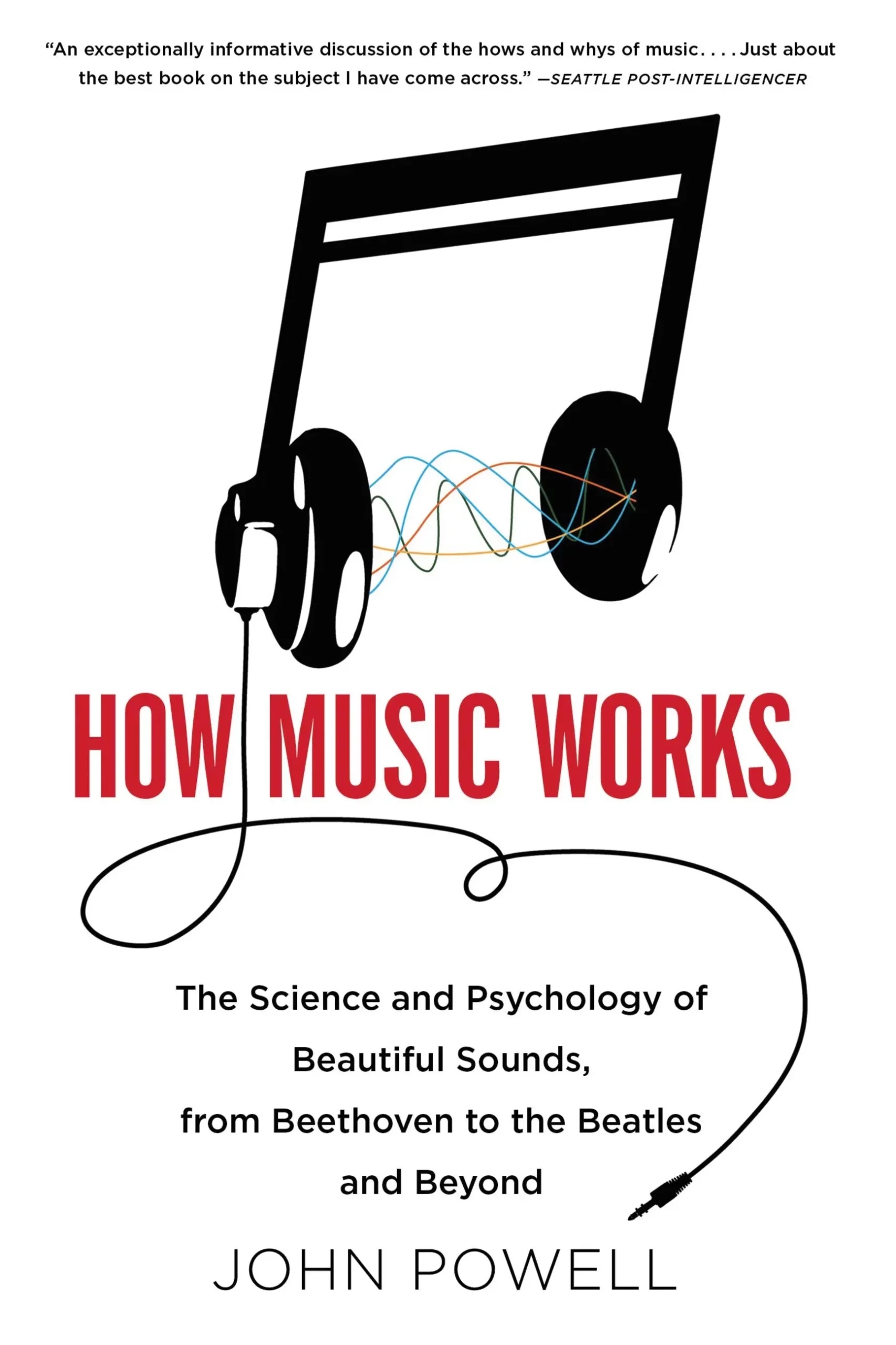Music streaming has revolutionized the way we consume music, offering vast libraries of songs at our fingertips. But how exactly do these streaming platforms generate revenue? In this article, we’ll explore the various revenue streams that fuel the music streaming industry, from subscription fees and advertising to partnerships and data monetization.
Subscription Fees
One of the primary sources of revenue for music streaming platforms is subscription fees paid by users for access to premium features and ad-free listening.
Monthly Subscriptions: Platforms like Spotify, Apple Music, and Tidal offer tiered subscription plans with varying prices and features, such as offline listening, higher audio quality, and exclusive content.
Family and Student Plans: Discounted plans for families and students attract a broader user base and encourage loyalty.
Annual Subscriptions: Some platforms offer discounts for users who opt for annual subscriptions upfront, providing a steady stream of revenue.
Advertising Revenue
Many music streaming services offer free, ad-supported versions to users who don’t want to pay for subscriptions. These free tiers generate revenue through advertising.
Audio Ads: Short audio commercials played between songs or during breaks in playlists.
Display Ads: Banner ads, sponsored playlists, and visual ads on the platform’s interface.
Video Ads: Platforms like YouTube Music and Spotify offer video ads that play before or during music videos.
Targeted Advertising: Platforms use data analytics to deliver targeted ads based on user preferences, demographics, and listening behavior, increasing ad effectiveness and revenue potential.
Partnerships And Brand Collaborations
Music streaming platforms collaborate with brands and businesses to create mutually beneficial partnerships that generate revenue and enhance user experience.
Branded Playlists: Curated playlists sponsored by brands or artists promote products or events while providing users with tailored music experiences.
Exclusive Content: Platforms partner with artists, labels, and media companies to release exclusive albums, podcasts, and live sessions, attracting subscribers and generating buzz.
Merchandise and Ticket Sales: Platforms offer links to purchase merchandise, concert tickets, and VIP experiences, earning affiliate commissions or partnership revenue.
Data Monetization
User data is a valuable asset for music streaming platforms, providing insights into user behavior, preferences, and trends that can be monetized in various ways.
Personalized Recommendations: Platforms use data analytics and algorithms to recommend music based on user listening history, increasing user engagement and retention.
Market Research: Aggregated user data is valuable for market research, advertising targeting, and trend analysis, generating revenue through data licensing and partnerships with research firms.
Artist Insights and Analytics: Platforms offer data and analytics tools to artists and labels for a fee, helping them understand their audience and optimize marketing strategies.
Performance Royalties: Paid to songwriters, composers, and publishers for public performance of their works on streaming platforms.
Mechanical Royalties: Paid to recording artists, record labels, and distributors for the reproduction and distribution of their music on streaming platforms.
Synchronization Licenses: Paid for the use of music in video content, ads, and other media on streaming platforms.
Content Acquisition Costs: Platforms negotiate licensing deals with record labels, publishers, and rights organizations, paying upfront fees or revenue shares.
International Expansion And Market Growth
As music streaming platforms expand globally, they tap into new markets and revenue opportunities, fueling industry growth.
Global Licensing Deals: Platforms negotiate licensing agreements with international record labels, artists, and publishers, expanding their music catalog and user base.
Localized Content: Tailored content, playlists, and recommendations for different regions and languages attract diverse audiences and increase engagement.
Partnerships with Telecom Companies: Collaborations with telecom providers offer bundled subscriptions or discounted rates for music streaming services, driving subscriber growth in emerging markets.
In-App Purchases And Monetization Features
Some music streaming platforms offer additional features and services within the app that users can purchase, providing an additional revenue stream.
Premium Features: Platforms offer add-on features like ad-free listening, high-definition audio, offline downloads, and unlimited skips for a fee.
Virtual Goods and Gifts: Users can purchase virtual goods, stickers, gifts, or memberships to support artists, unlock exclusive content, or enhance their music experience.
Crowdfunding and Patronage: Platforms facilitate crowdfunding campaigns and patronage models where fans can directly support their favorite artists through donations or subscriptions.
Conclusion
Music streaming platforms employ a diverse range of revenue streams to sustain their operations, compensate artists and rights holders, and drive innovation and growth in the music industry. From subscription fees and advertising to partnerships, data monetization, and international expansion, these platforms leverage multiple avenues to generate revenue while providing users with access to a vast library of music across genres and regions. As the streaming landscape continues to evolve, so too will the strategies and business models that shape the future of music consumption and distribution.
Related topics:


























